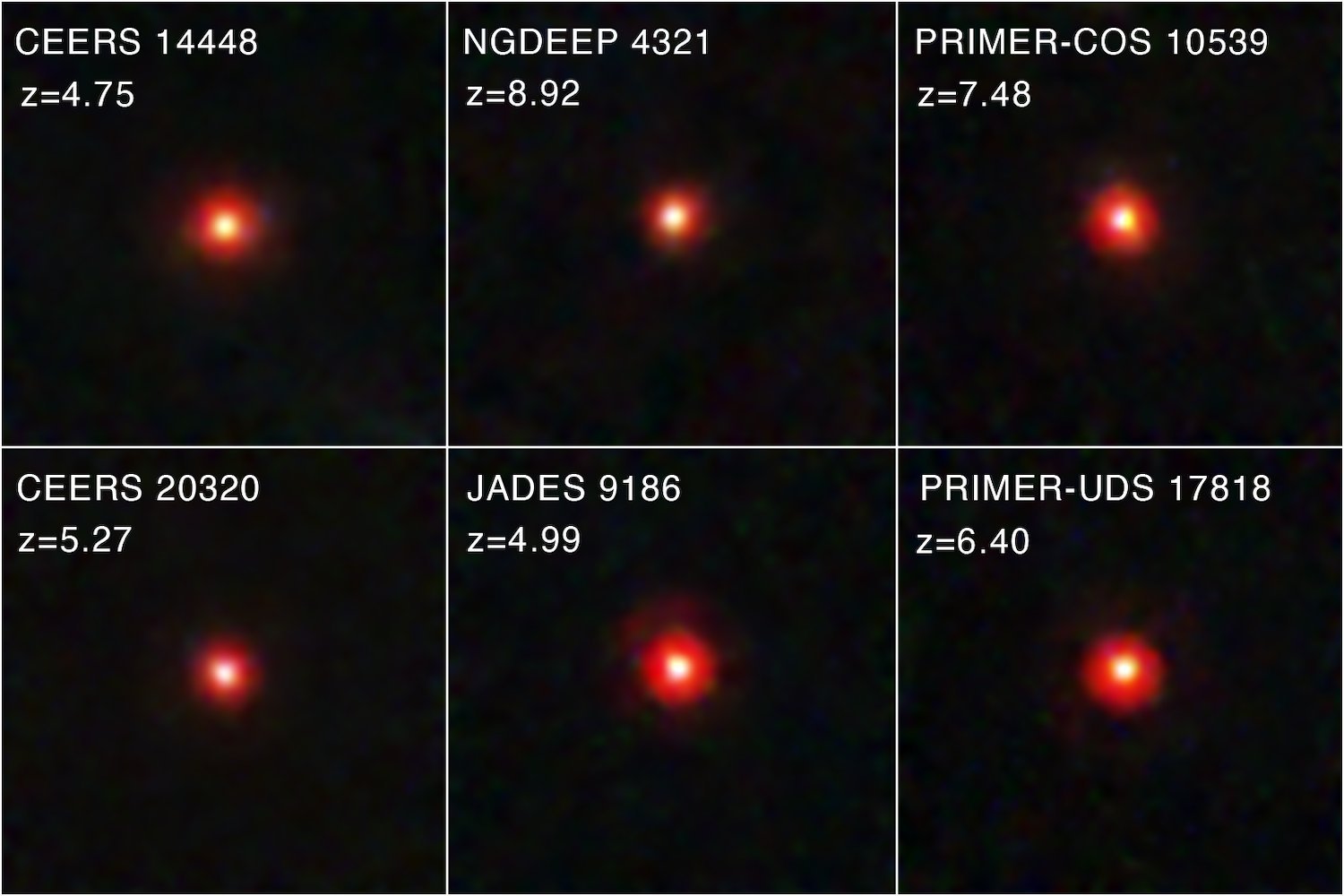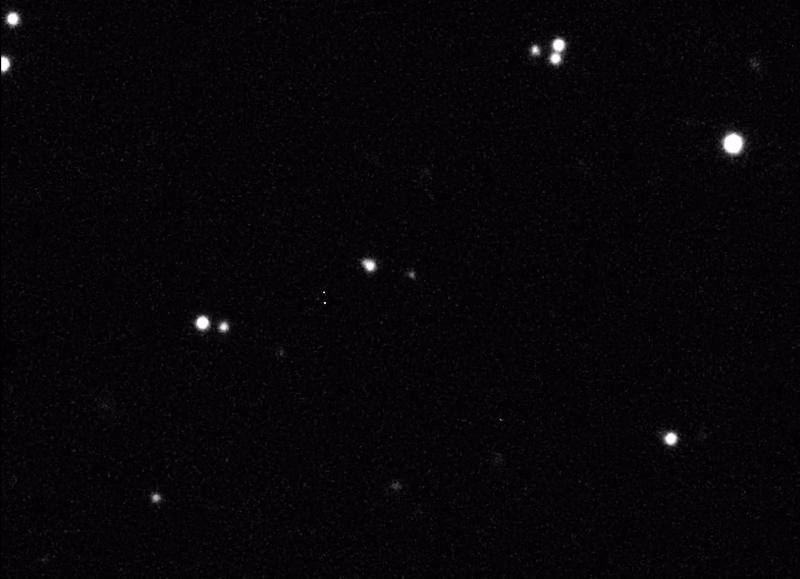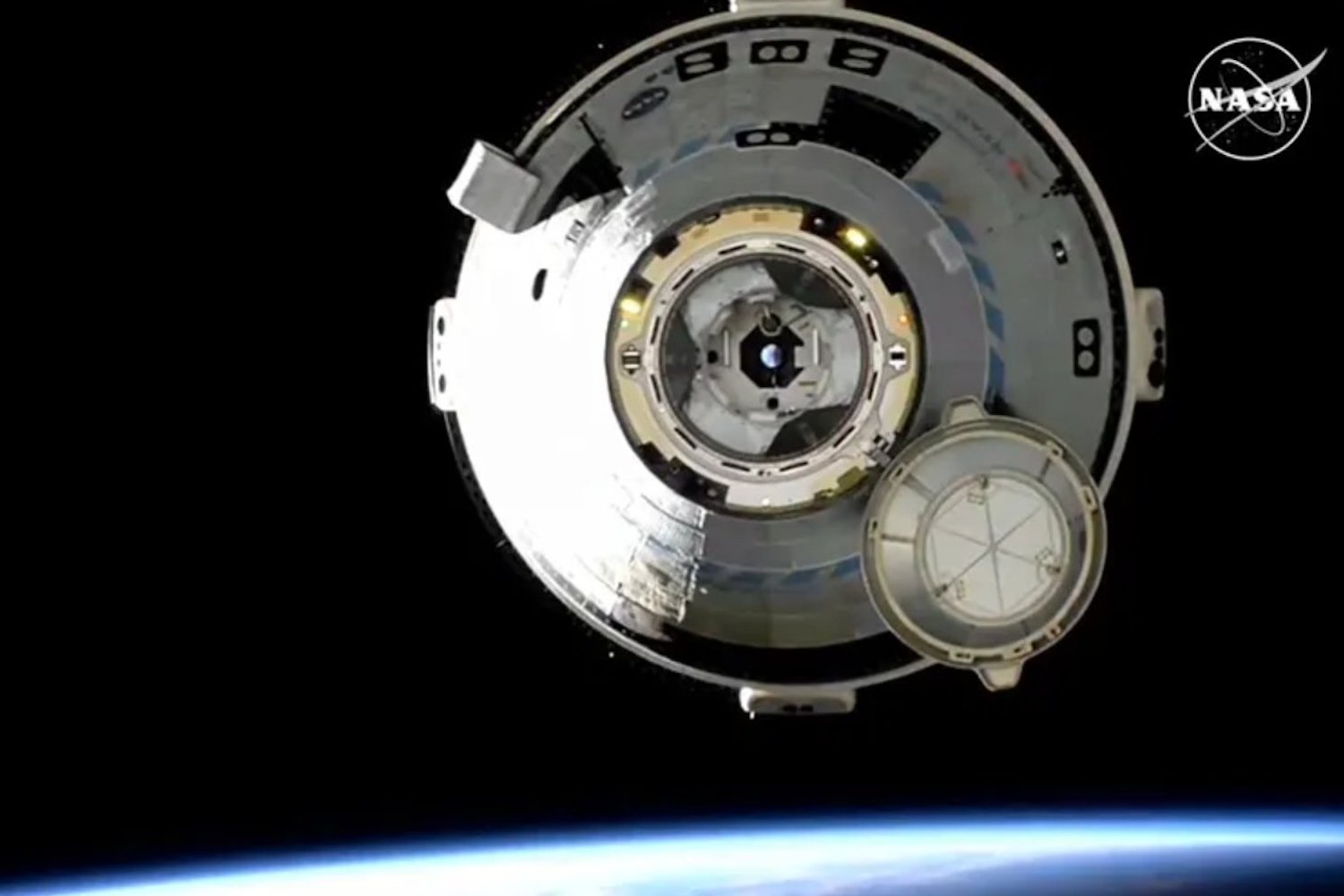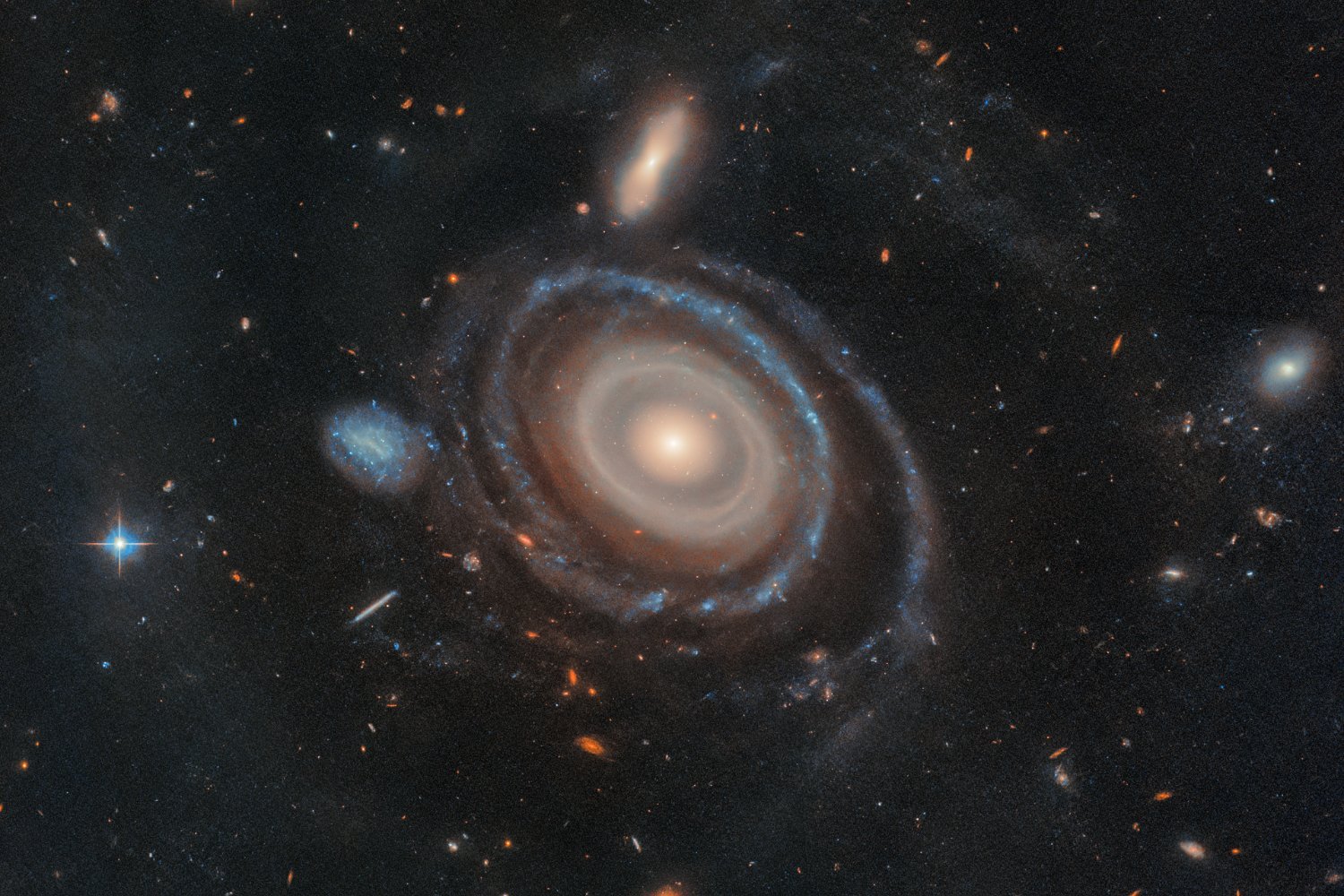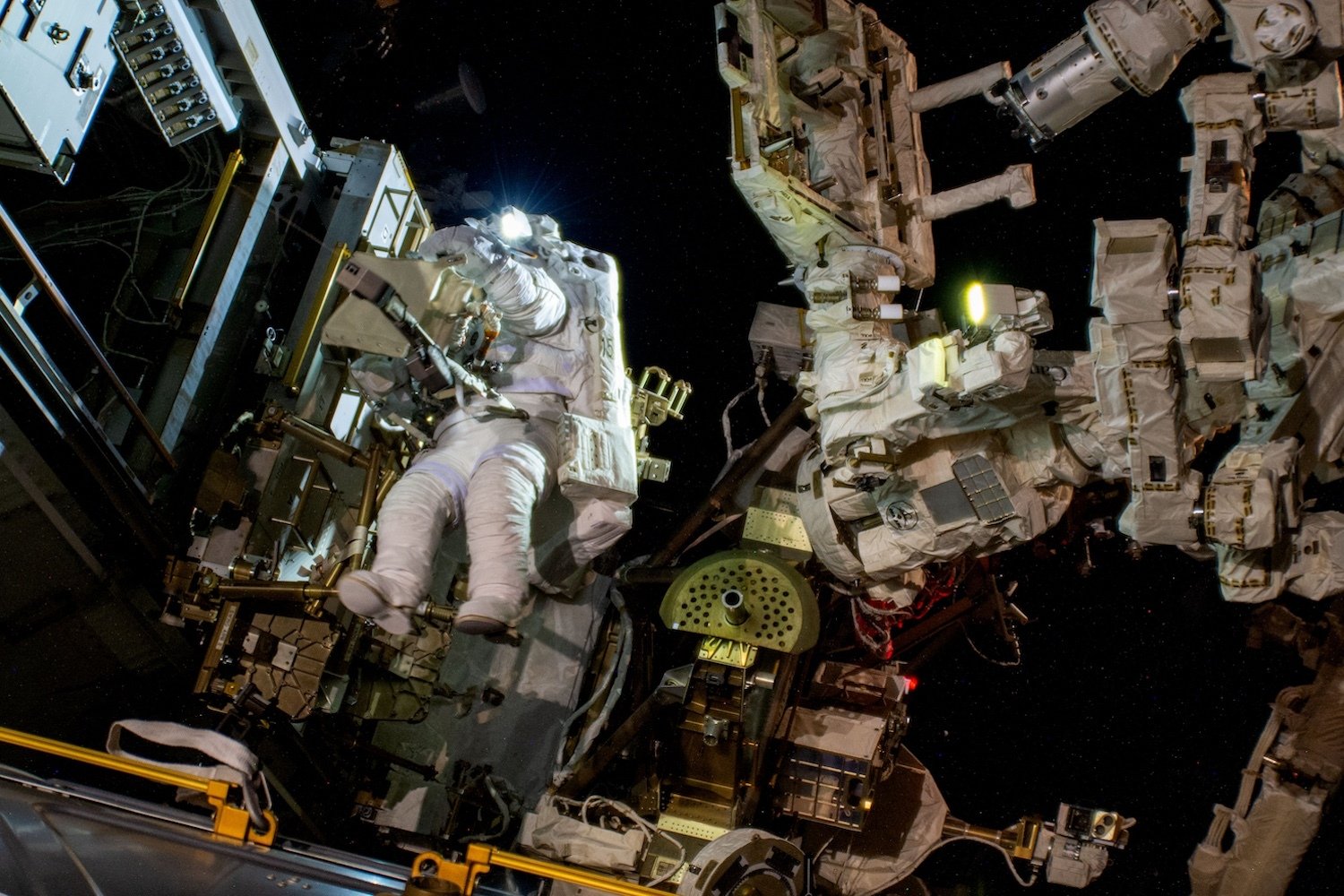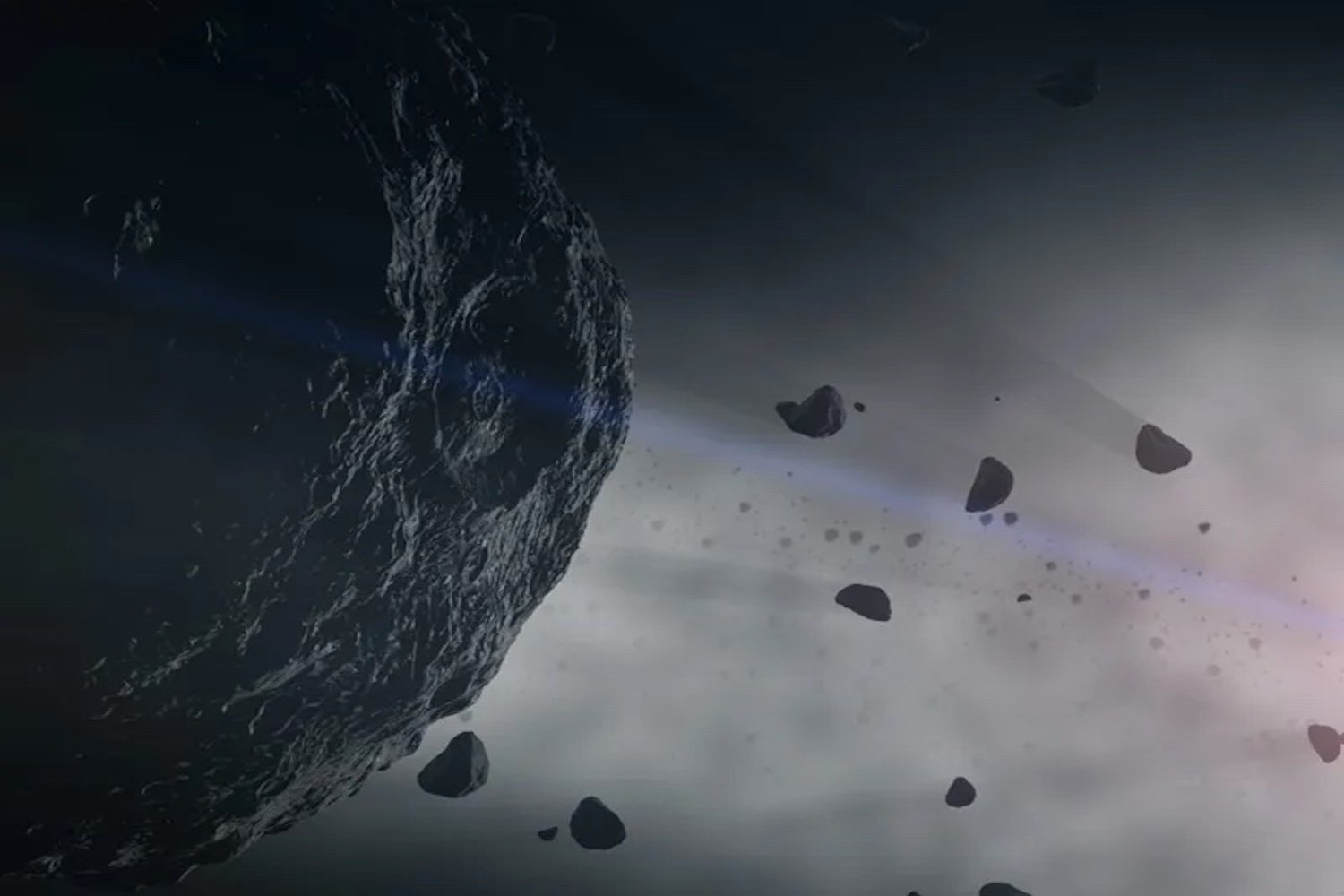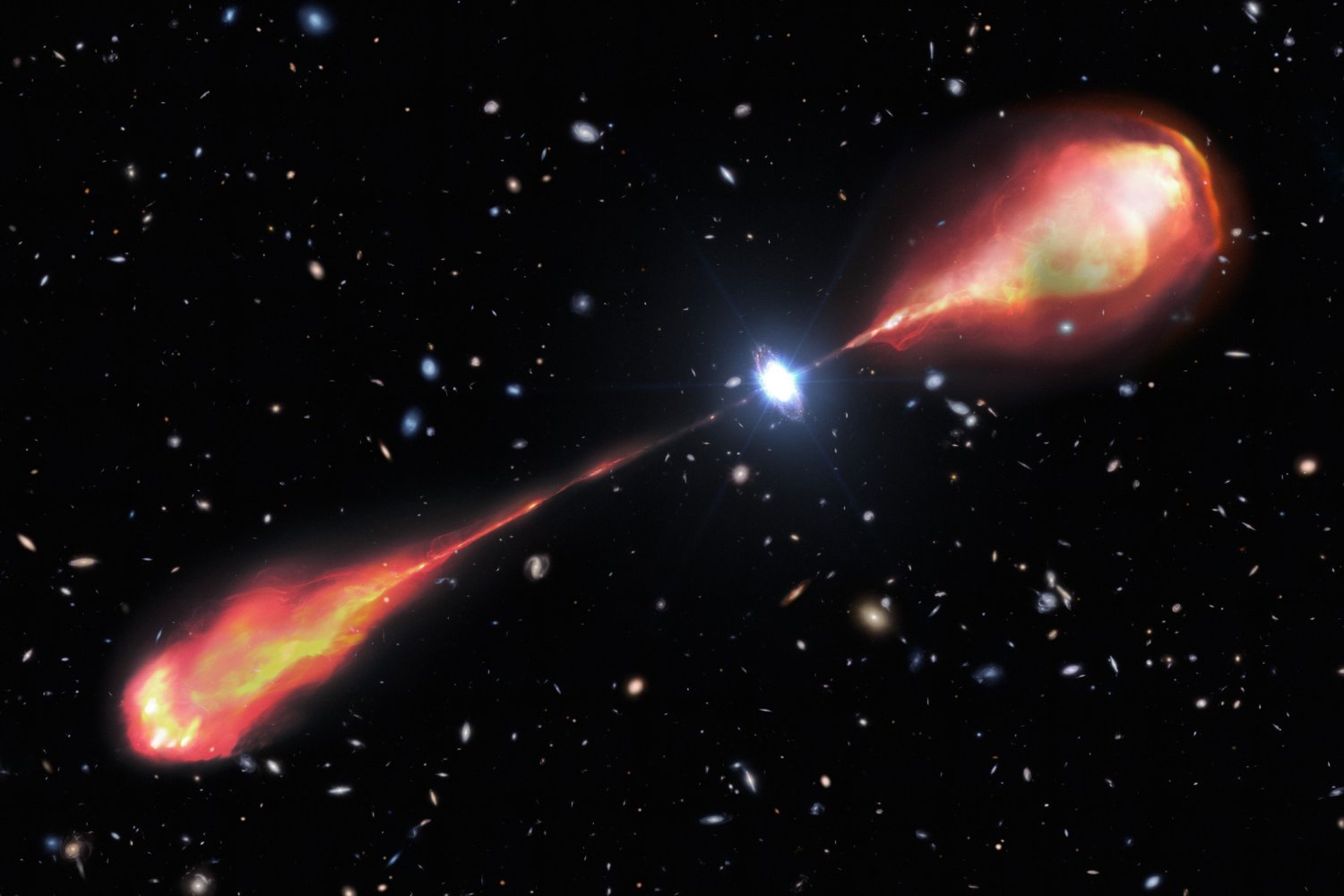About a year after its launch, the James Webb Space Telescope (JWST) began capturing images of numerous small, red dots, informally dubbed “little red dots” (LRDs). While the name may sound trivial, these objects hold immense significance and have challenged our understanding of the early universe. A recent large-scale survey of LRDs suggests they could be galaxies harboring supermassive black holes, potentially resolving a significant cosmological puzzle.
These findings, presented at the 245th meeting of the American Astronomical Society and slated for publication in The Astrophysical Journal, offer a compelling explanation for these enigmatic objects. “We’re confounded by this new population of objects that Webb has found,” explains Dale Kocevski of Colby College, who led the study. “We don’t see analogs of them at lower redshifts, which is why we haven’t seen them prior to Webb.” Redshift is a phenomenon where light from distant objects is stretched by the expansion of the universe, causing it to appear redder. Lower redshifts correspond to objects closer to us in space and time. The absence of similar objects at lower redshifts suggests that LRDs are unique to the early universe.
Peering into the Early Universe
The LRDs in the survey existed within the universe’s first 1.5 billion years. We can observe these ancient objects because light travels at a finite speed. When we look at distant celestial bodies, we’re seeing them as they were when the light began its journey to Earth. The farther away an object, the higher its redshift, and the further back in time we’re looking. This principle allows us to study the early universe.
Evidence for Active Galactic Nuclei
The research indicates that a significant portion of the LRDs existed between 600 million and 1.5 billion years after the Big Bang. Observations reveal orbiting gas around these objects moving at approximately 2 million miles per hour (3.2 million kilometers per hour). This suggests that LRDs could be Active Galactic Nuclei (AGN) – supermassive black holes actively consuming matter and emitting vast amounts of energy.
“The most exciting thing for me is the redshift distributions,” says Steven Finkelstein from the University of Texas at Austin, a participant in the research. “These really red, high-redshift sources basically stop existing at a certain point after the big bang. If they are growing black holes, and we think at least 70 percent of them are, this hints at an era of obscured black hole growth in the early universe.”
This discovery could resolve a cosmological conundrum. The initial discovery of LRDs posed a challenge to existing theories, as the observed light seemed to contradict established models. The possibility of AGN offers a more consistent explanation. “This is how you solve the universe-breaking problem,” states Anthony Taylor from the University of Texas at Austin, a co-author of the study.
Unanswered Questions and Future Research
While the AGN hypothesis provides a promising solution, questions about LRDs remain. “There’s always two or more potential ways to explain the confounding properties of little red dots,” Kocevski acknowledges. “It’s a continuous exchange between models and observations, finding a balance between what aligns well between the two and what conflicts.”
Further research is needed to confirm the nature of LRDs and their role in the early universe. The JWST’s continued observations and analysis will be crucial in unraveling the remaining mysteries surrounding these intriguing objects. This study highlights the transformative power of advanced telescopes like JWST to reveal new insights into the cosmos and reshape our understanding of its evolution.



